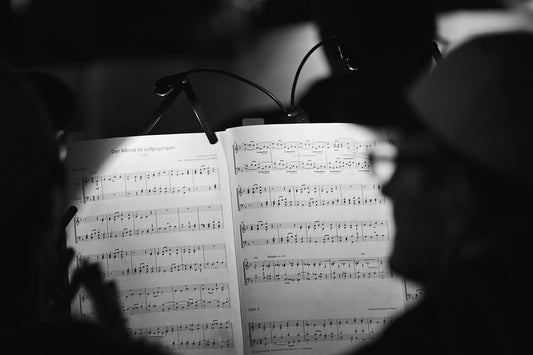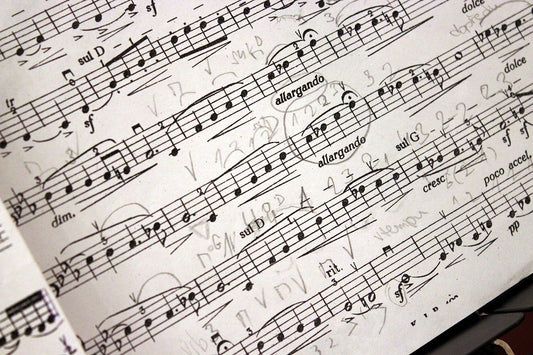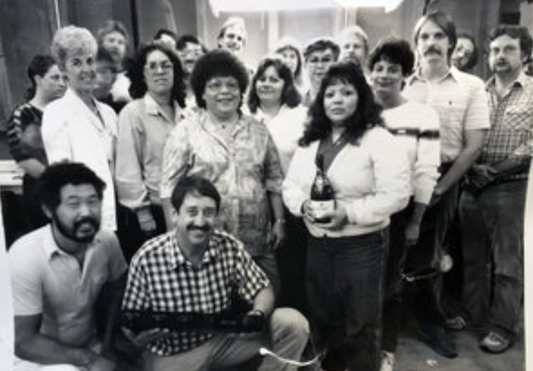Downsampling
by Paul McGowan
In yesterday's post 192kHz?I explained how we wound up with the different sample rates. A convoluted story at best. Today I thought it might be interesting if I touched on a little known problem with pretty much all CD's. Downsampling.
Nearly all master digital studio recordings are made at higher sample rates and bit depths than a CD can handle, even if it's only 48kHz. For example, Keith Johnson at Reference records all their materials at 176.4kHz/24 bits and nearly every recording studio is making masters at 96kHz/24 or higher. When a recording engineer is making a master recording of a group, a copy of a master analog tape etc. he is naturally going to make that master at the best possible resolution he can. Not at the lowest needed.
So what happens when we want to go make a CD version of that master tape? The original master is downsampled to 44.1kHz/16 bits through a sample rate converter. Depending on what the engineer started with, downsampling clearly loses some of what was in the original recording in the process.
How much of what we recognize as inferior playback of the CD, relative to high rez media, is due to this downsampling process?
This practice, I am convinced, is one reason many CD's sound worse than their high resolution counterparts. If you read any of the thoughts by recording engineers on this practice, there are many that believe recording at higher rates and downsampling sounds better than keeping everything at the intended use rates. And then there are those that prefer upsampling. Clearly, there's not much in the way of consensus.
In a conversation with Keith Johnson (whose ears I trust completely) he told me the single worst thing that ever happened to any of his work was the downsampling of the master tapes to CD's. He hated the results and I am sure this must have prompted their subsequent release of their HRx series with exact copies of the masters. I'll bet our friend Cookie Marenco of Blue Coast might have similar misgivings about downsampling.
The difference between the CD and HRx version played on a PWT is obvious and immediate. But I don't believe it has as much to do with the increase in dynamic range and frequency response afforded by the higher resolution format as it does by the lack of downsampling.
Downsampling may be one of the worst things to ever happen to the CD and one of the central reasons we judge it so harshly.
It may also partially answer why we can make a digital copy of an analog event without much in the way of loss. We don't have to mess with the final result of the conversion, just play it back at whatever sample and bit rate we recorded it at.
We never downsample.
- Choosing a selection results in a full page refresh.
- Opens in a new window.








